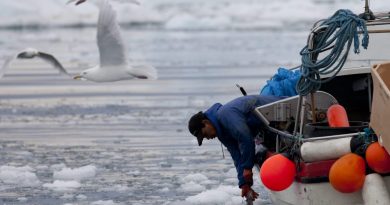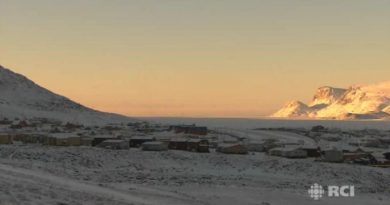Number of Chinese visitors eclipses other international travellers to the Northwest Territories, Arctic Canada
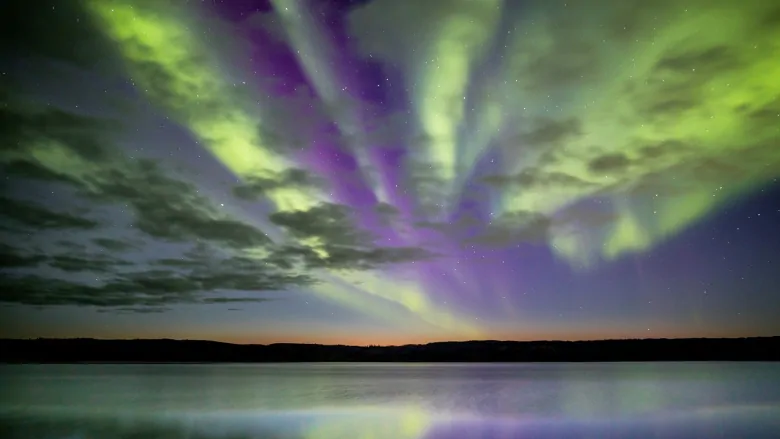
The number of tourists visiting the Northwest Territories, Arctic Canada from China has eclipsed all other international visitor numbers, while the number of Japanese visitors dropped 40 per cent last year.
Chinese visitors to the territory surpassed Japanese for the first time in the 2017-18 fiscal year, with just under 19,000 Chinese visitors, versus about 13,500 Japanese.
The decline in Japanese tourists may be related to the solar cycle and its effect on the aurora.
“The Japanese folks are taking more of a scientific standpoint to viewing aurora and when we have so-called solar minimum years, we tend to see fewer Japanese visitors,” said Jess Fortner, director of tourism with the territorial government.
That margin widened dramatically last year. Statistics on arrivals at the Yellowknife Airport published last week by the Department of Industry, Tourism and Investment estimate that two-and-a-half times more Chinese visitors arrived in the 2018-19 fiscal year than Japanese visitors.
Solar flare rates have been trending downward since 2014, and are expected to reach a minimum in 2020. The next solar maximum is expected in 2025.
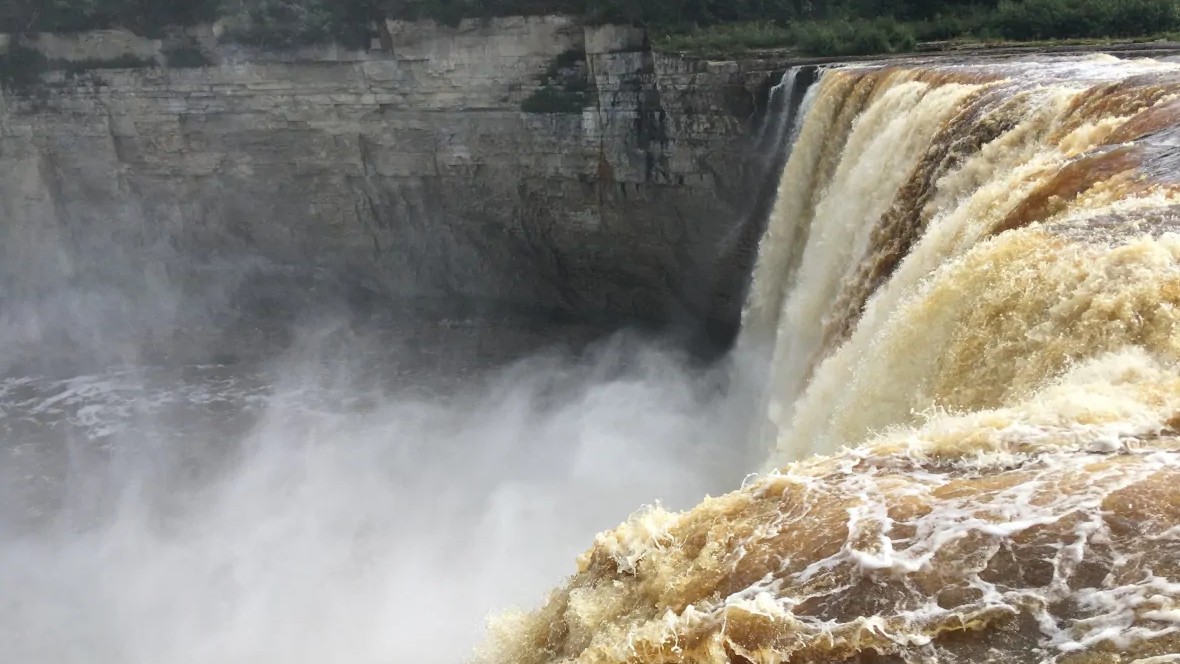
Fortner and others are working to promote and improve N.W.T. tourism, and the stakes are high. There is growing international competition for the aurora viewing tourist market.
“There’s no doubt in my mind that what we enjoyed in the past in terms of our aurora demand, it’s going to get a little more difficult to capture the market because we have so much more competition. It is getting fierce.
“Operators, industry and ourselves, we have to recognize that we just have to do a better job of it.”
Meanwhile, tourism in the territory continues to boom, with aurora viewing drawing one-third of the record-setting number of visitors last year.
In 2018-19, a record 120,000 visitors contributed $210 million to the territory’s economy, surpassing the government’s goal of growing the industry to $207 million by 2021.
The majority of visitors — 69 per cent — came from elsewhere in Canada.
Spreading the wealth outside Yellowknife
According to NWT Tourism, for the N.W.T. tourism industry to reach its full potential, and spread its economic benefits to as many people as possible, it needs to expand outside of Yellowknife.
“We are trying very hard to focus on the whole Northwest Territories,” said Cathie Bolstad, CEO of NWT Tourism, the organization that markets the territory as a tourist destination. “We are aiming for what will drive traffic beyond the capital city, into the regions and across the seasons and sectors.”
The number of hotel rooms and alternative accommodations in Yellowknife continues to grow, but there are “pinch points” during the year when the city reaches its capacity and cannot accommodate more visitors, Bolstad said.

The busiest pinch point tends to be in September, with the second peak season for aurora tourism occurring between December and February.
“Where we struggle is December, January — that’s the peak [season]. That’s where we cannot get accommodations,” said James Robinson, sales and marketing director at Aurora Village, an aurora viewing destination just outside Yellowknife.
“Out here we could service more people, but we are limited by the number of hotel rooms available.”
There are no statistics available to show a clear picture of how many visitors travel outside of Yellowknife, Fortner said.
Fortner is currently touring the N.W.T. to consult interested parties in the regional centres on where the government should focus its investment dollars in the future.
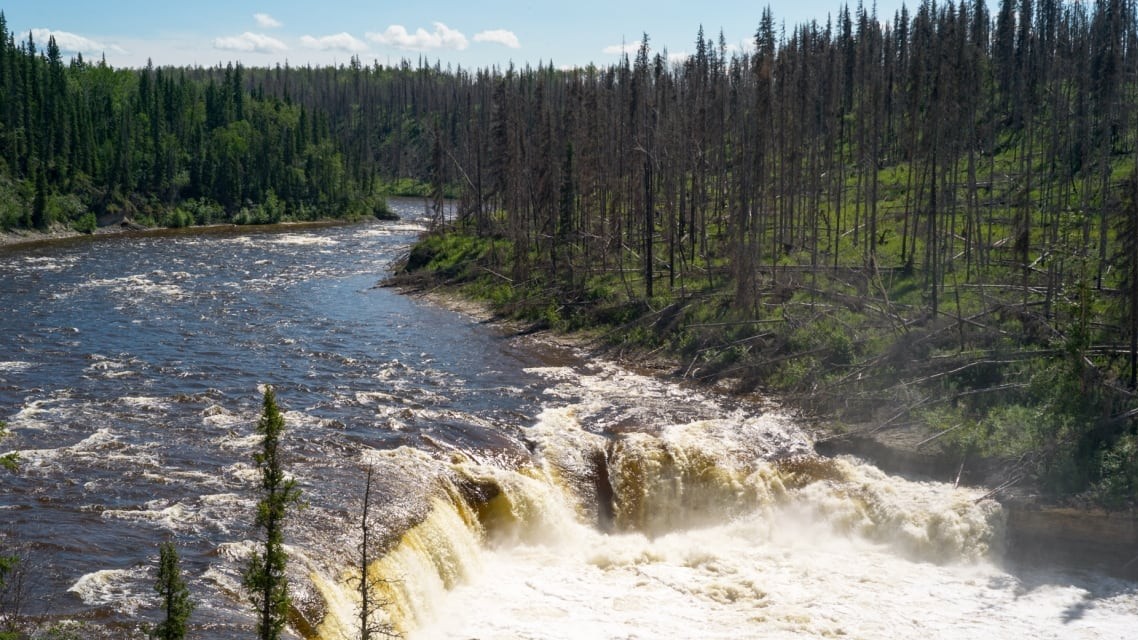
Millennial visitors want to do more with less: operator
The Department of Industry, Tourism and Investment released a separate data set on tourism earlier this month, which looks at why visitors travel here and how much money they spend in various sectors.
About one-third of visitors last year came to see the northern lights, with general touring and visiting friends and relatives as the second and third most popular draws, respectively.
Outdoor adventure travel has seen the largest increase over the past five years, rising 243 per cent since 2014-15.
Longtime tour operators are working to adapt to the changing needs of visitors.
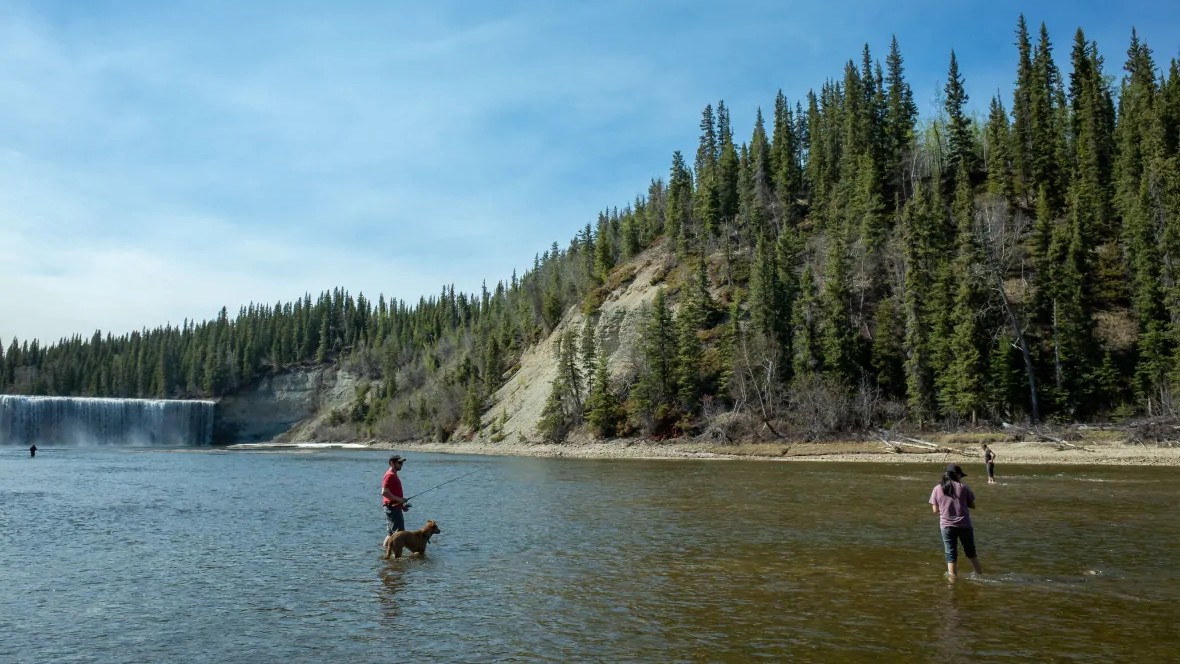
Gordon Gin runs Yellow Dog Lodge outside of Yellowknife.
Ten years ago, the sport fishing lodge’s bread-and-butter was repeat clients who stayed for a week or more. Since then, Gin has been offering shorter stays and promoting aurora viewing packages.
Gin pointed to changing age demographics as another major driver of change within the industry.
“The younger people, the Generation X, Y and Millennials, they’re not picking … destination fishing up,” he said. “They are wanting to go fishing, but it’s more of an activity.”
In his experience, these customers travel with a “bucket list” of several activities and experiences they want to have.
“I think this is because the younger generation has been brought up to do more with less,” said Gin. “If you look at their work environment, they’ve been asked to cut back their budgets. Those guys sitting in offices, they’re asked to do more with technology and less with people. So you’re seeing that in the vacations as well.”
After two years of steady decline, the fishing and hunting tourism sectors rebounded last year. Both categories saw 23 per cent more visitors in 2018-19, although they remain the last two most popular stated main purposes for travel.
Related stories from around the North:
Canada: Tourism numbers in Canada’s Northwest Territories up 7 per cent, Eye on the Arctic
Finland: Northern Finland’s tourism industry divided over flight tax proposal, Yle News
Iceland: Arctic tourism in the age of Instagram, Eye on the Arctic special report
Norway: Antarctic-to-Arctic ultra-luxury cruise announced for 2022, The Independent Barents Observer
Russia: Russian Arctic National Park director aims to boost tourism, The Independent Barents Observer
Sweden: Weak Swedish currency gives foreign tourists more spending power, Radio Sweden
United States: When the ice melts, what will happen to Arctic tourism?, Cryopolitics Blog


